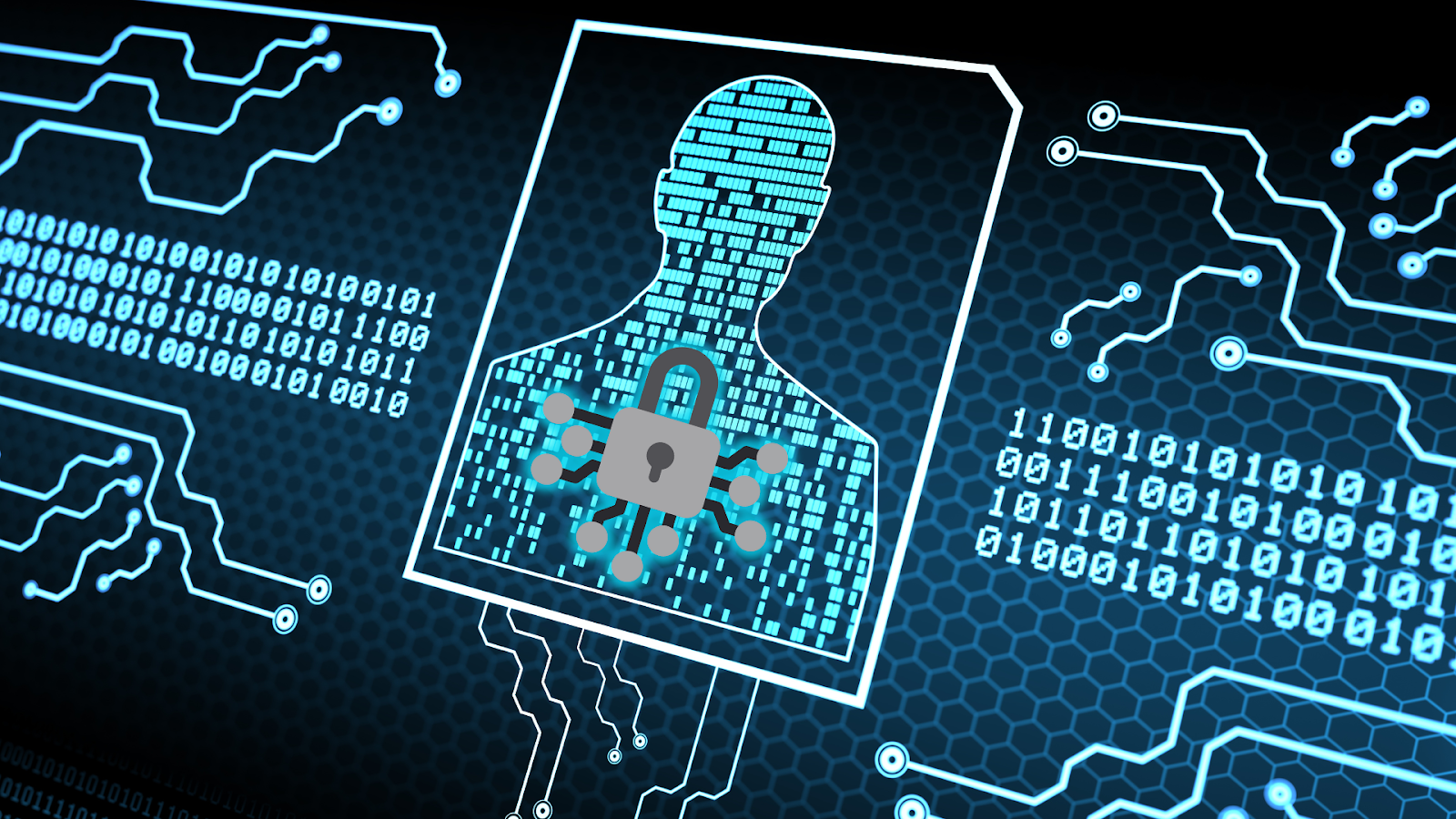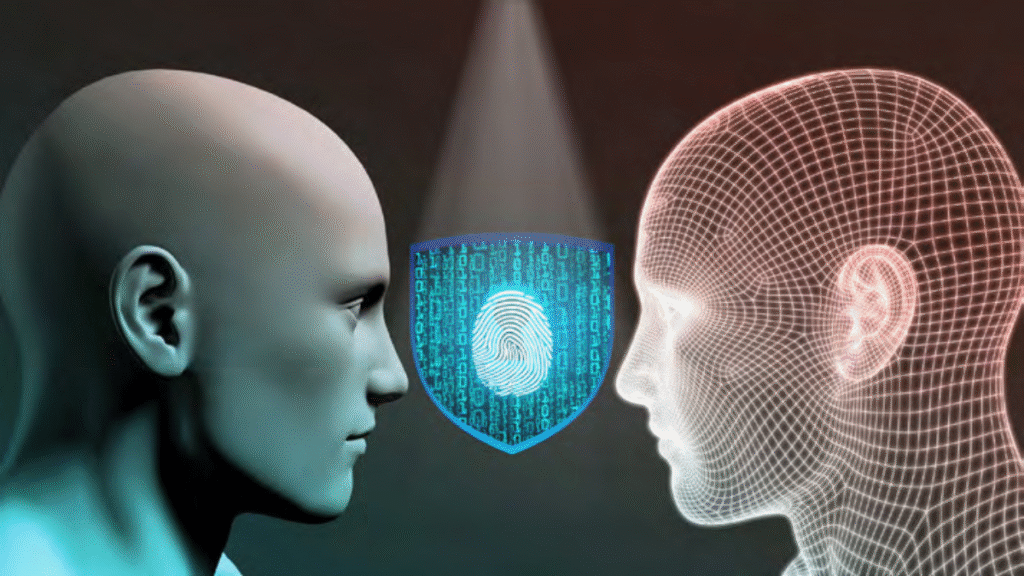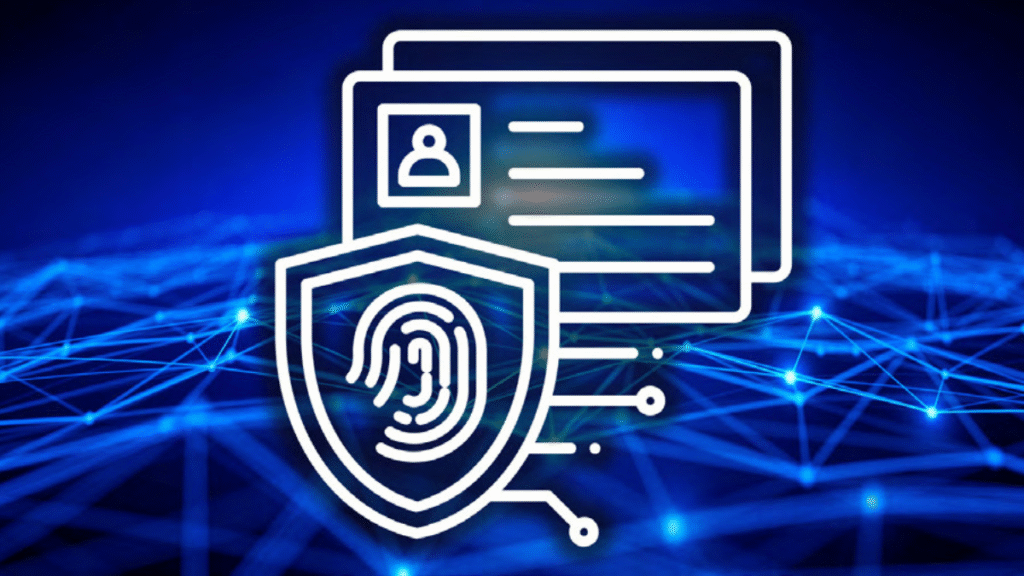0x12…qrst

Secure decentralized identities are reshaping how we manage personal information online. As technology evolves, blockchain, encryption, and decentralized solutions provide new ways to protect privacy and ensure control over digital identities. This edition explores the future of identity management, its challenges, and how emerging innovations are changing the digital landscape.
There was a time, not long ago, when our digital selves were little more than usernames and passwords, easily forgotten and even easier to hack. We logged into websites, clicked through security questions, and trusted that our most personal data would remain protected in the hands of corporations and institutions.
But as the internet evolved — becoming the fabric of our lives — so too have the threats to our privacy, autonomy, and, ultimately, our identity.
The idea of a secure digital identity has gone from a far-off notion to an urgent necessity. In an era where we conduct financial transactions, share personal stories, and vote for political leaders online, the stakes could not be higher.
Our data, once fragmented and scattered across different platforms, has become the most valuable commodity in the digital age. The question now is not whether we need a new, more secure way to protect our identities, but how we can create one — and who will hold the keys.

For centuries, the concept of identity has been tied to the physical world. Our names, our faces, our fingerprints were the markers that defined us.
But in a digital landscape, these markers are no longer tied to a single place or even a single entity. With each click, each transaction, each interaction, we leave behind pieces of ourselves — and each of those pieces is vulnerable to theft, misuse, and exploitation.
The promise of secure digital identities has stirred hope and raised skepticism in equal measure. Technology, as it often does, has both enchanted and unsettled us. What if we could finally regain control over our personal information?
What if there was a way to prove who we are without exposing the very data that makes us vulnerable? What if we could sidestep the corporations and governments that currently act as gatekeepers to our digital lives?

Enter the world of decentralized identity. With the advent of blockchain technology and privacy-preserving methods like Fully Homomorphic Encryption (FHE), we are being offered the tools to build a new kind of identity — one that is not owned by anyone but us.
In theory, this could transform not just the way we authenticate ourselves online, but the very way we navigate our digital lives. The promise of such a system is alluring: an identity that can be verified without giving up our personal details, that can be shared selectively and securely, and that is entirely under our control.
Yet, this dream is not without its challenges. The technology is still evolving, and there are few easy answers.
For every breakthrough in security, there seems to be a new vulnerability. For every step toward decentralization, there is the looming question of who will build and maintain these systems.
How can we ensure that the decentralized identity we’re building doesn’t become another point of centralized control in disguise?
As we delve into the topic of secure digital identities in this edition, we are reminded of the journey of innovation itself — the moments of hope and hype, the stumbles and setbacks, and the gradual, sometimes imperceptible progress that ultimately leads to real change. It’s a story of possibility, yes, but also one of caution.
The promise of a decentralized, self-sovereign digital identity is compelling, but it is only through careful development, rigorous testing, and, most importantly, an ongoing conversation about ethics, privacy, and equity, that this promise will become a reality.

The exploration of digital identities is more than just a technical issue; it’s a question of trust, power, and what it means to be seen in a digital world.
It’s about creating a future where we, not corporations or governments, can define ourselves — but also about ensuring that the very systems we build to empower us do not inadvertently strip away our freedom or privacy in the process.
This edition is an invitation to explore the evolving landscape of secure digital identities: the technologies, the challenges, the possibilities, and, above all, the human stakes involved. As we embark on this journey, we must ask ourselves: What kind of digital world do we want to create?
One where our identities are protected, not just from the outside world, but from the very systems designed to safeguard them?
It is a question that, at its heart, touches on who we are — and who we want to become — in the digital age.